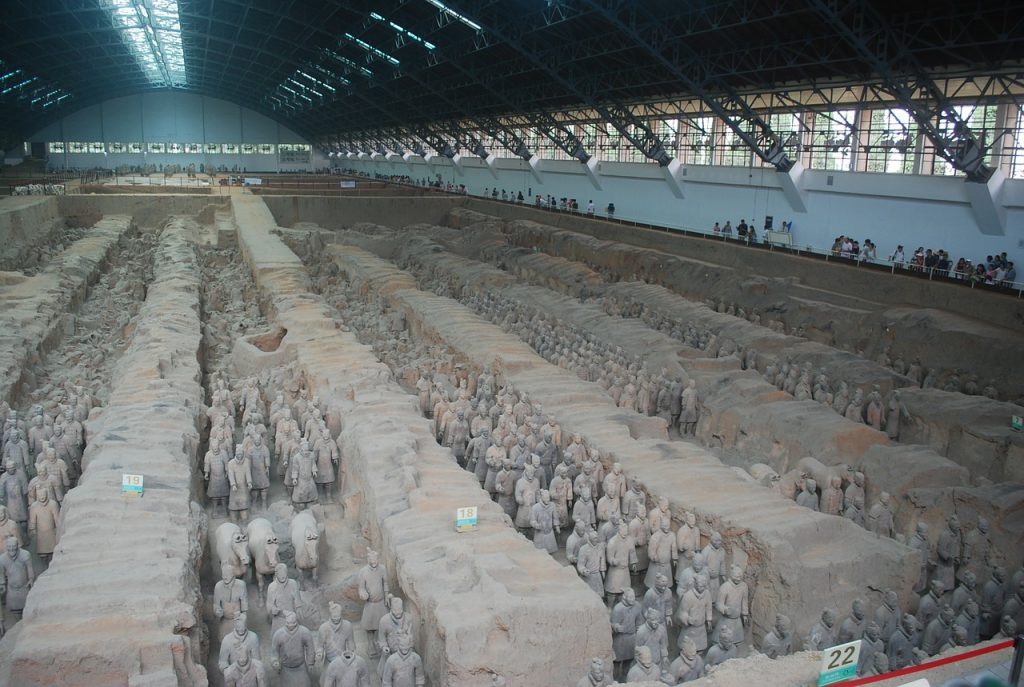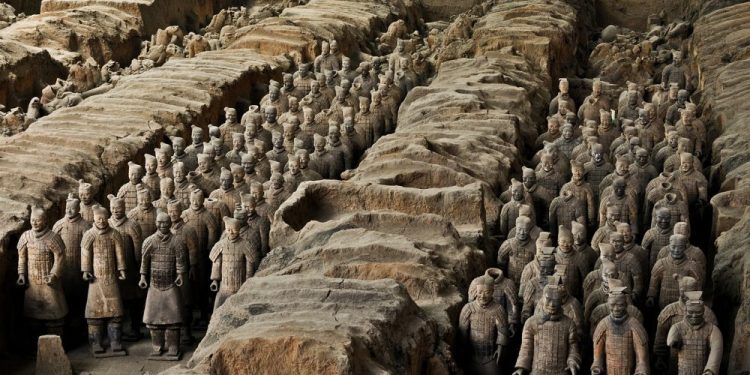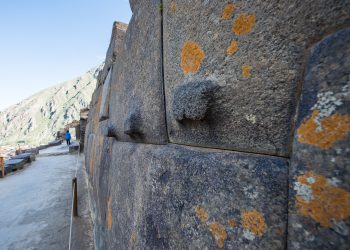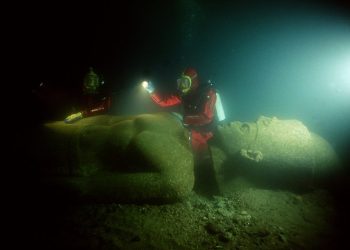For the past 2,000 years, the intricate weapons of the world-famous Terracotta army in China have remained exceptionally well preserved. This incredible level of preservation has even led some experts to theorize that more than 2,000 years ago, the ancient Chinese developed a highly advanced preservation technique that allowed the weapons to remain in such pristine conditions. However, it wasn’t alien tech nor super-advanced lost technologies. Previously, scholars believed that chromate coating helped preserve the weapons. But Chromate Coating wasn’t responsible.
The Terracotta Army

According to experts, to understand why the weapons have remained so well preserved, we need to observe the soil where they are located. As noted by University College London, the Terracotta Army rests on soil that is moderately alkaline pH, composed of small particles and low organic content. This combination of factors helped protect the figurines against decay. After analyzing the statutes and their weapons, experts uncovered traces of chromium on the Terracotta Army’s weapons. The traces of chromium were the leftovers of a layer of lacquer that was applied onto the figurines in distant times.
Terracotta Warriors and East Asian lacquer
“The surfaces of the terracotta warriors were initially covered with one or two layers of an East Asian lacquer … obtained from lacquer trees,” explained Hongtao Yan and Jingjing An, scientists at the College of Chemistry and Materials Science, Northwest University, in the Chinese city of Xi’an. The researchers pointed out that the lacquer was used in ancient times as a base coat for the “polychrome layers, with one layer of polychrome being placed on top of the lacquer in the majority of cases.”

Experts from the UK explain that high tin levels in the bronze metal used to craft the Army’s weapons also helped preserve the ancient statues.
“We found a substantial chromium content in the lacquer, but only a trace of chromium in the nearby pigments and soil – possibly contamination,” says lead researcher Marcos Martinón-Torres, from the University of Cambridge the UK. “The highest traces of chromium found on bronzes are always on weapon parts directly associated to now-decayed organic elements, such as lance shafts and sword grips made of wood and bamboo, which would also have had a lacquer coating.”
Chrome in ancient times
“The lacquer is the unintended source of the chromium on the bronzes – and not an ancient anti-rust treatment.” The Terracotta Army was discovered in 1974 and is considered one of the greatest archaeological discoveries in the world. Thousands of ceramic figurines, intricately carved with unique details, are buried underground, guarding the first emperor of China Qin Shi Huang.
“It is striking how many important, detailed insights can be recovered via the evidence of both the natural materials and complex artificial recipes found across the mausoleum complex – bronze, clay, wood, lacquer, and pigments, to name but a few,” says one of the team, Andrew Bevan from University College London in the UK. “These materials provide complementary storylines in a bigger tale of craft production strategies at the dawn of China’s first empire.”
Have something to add? Visit Curiosmos on Facebook. Join the discussion in our mobile Telegram group.











